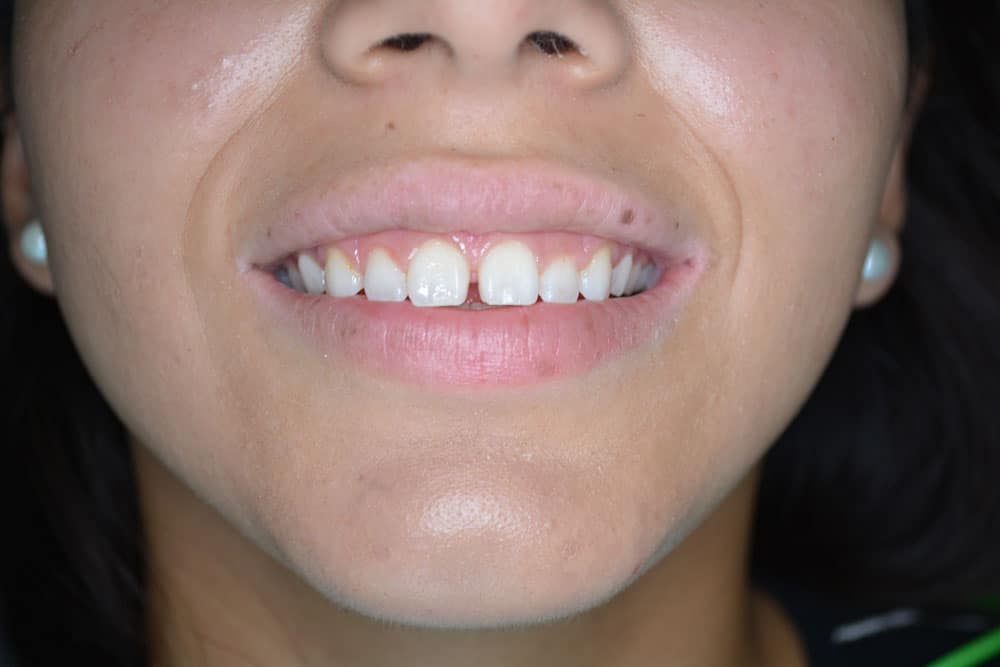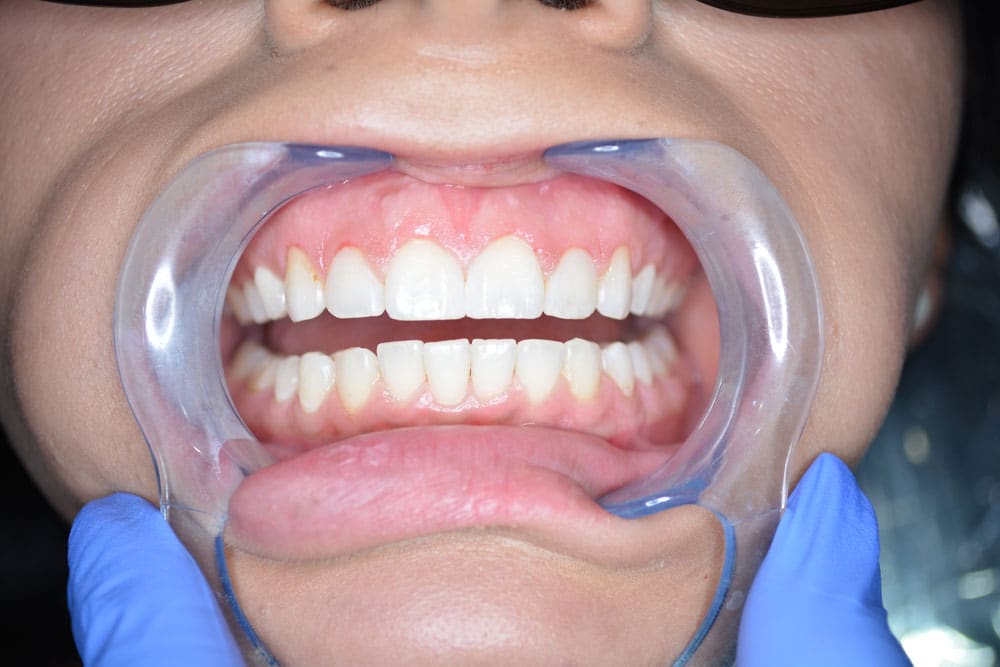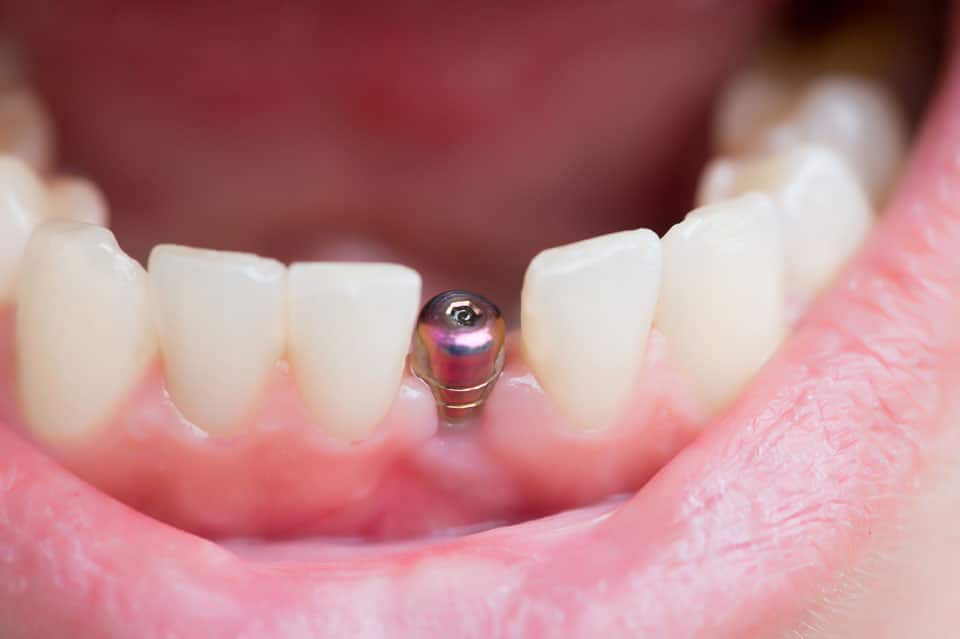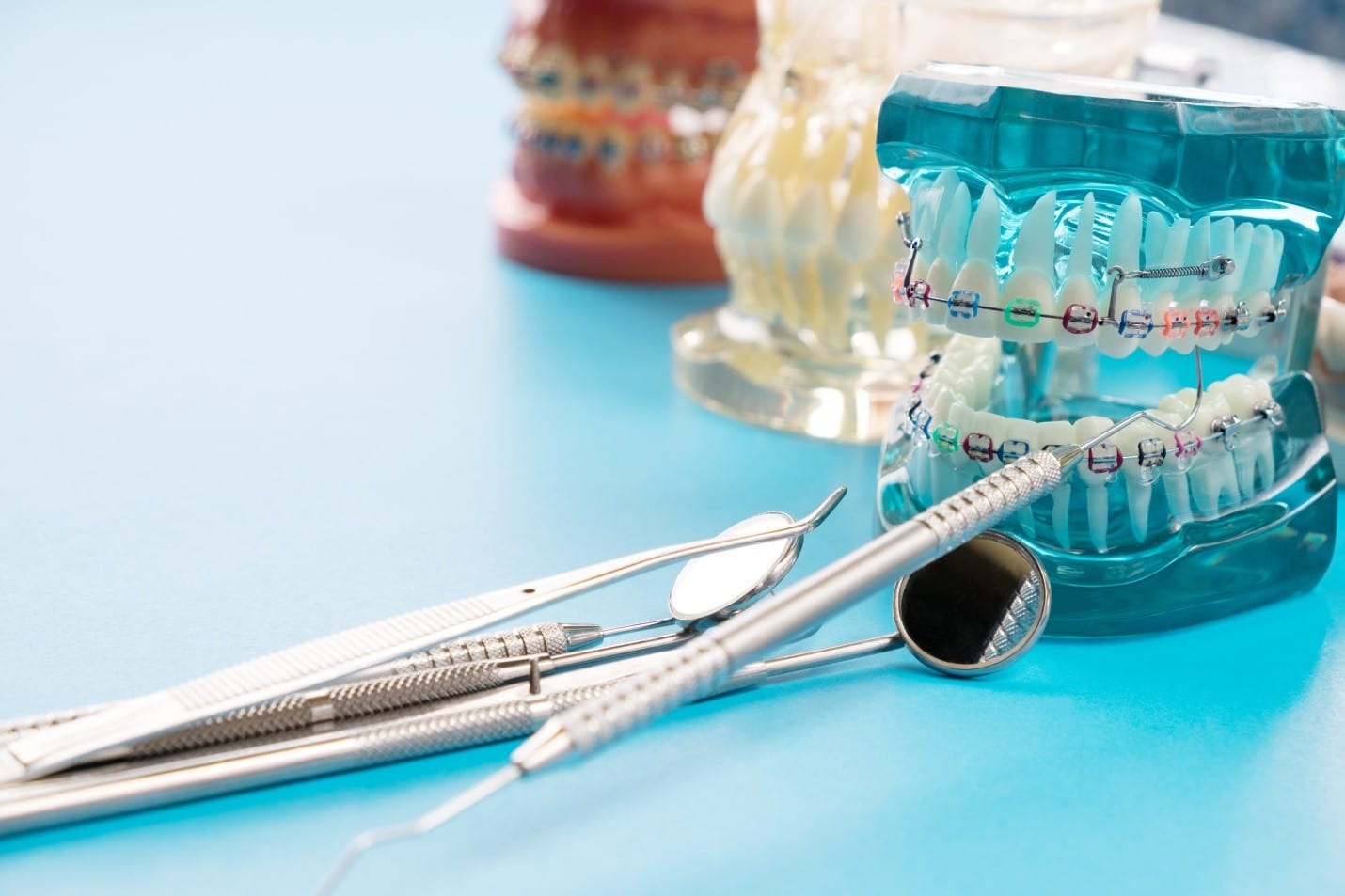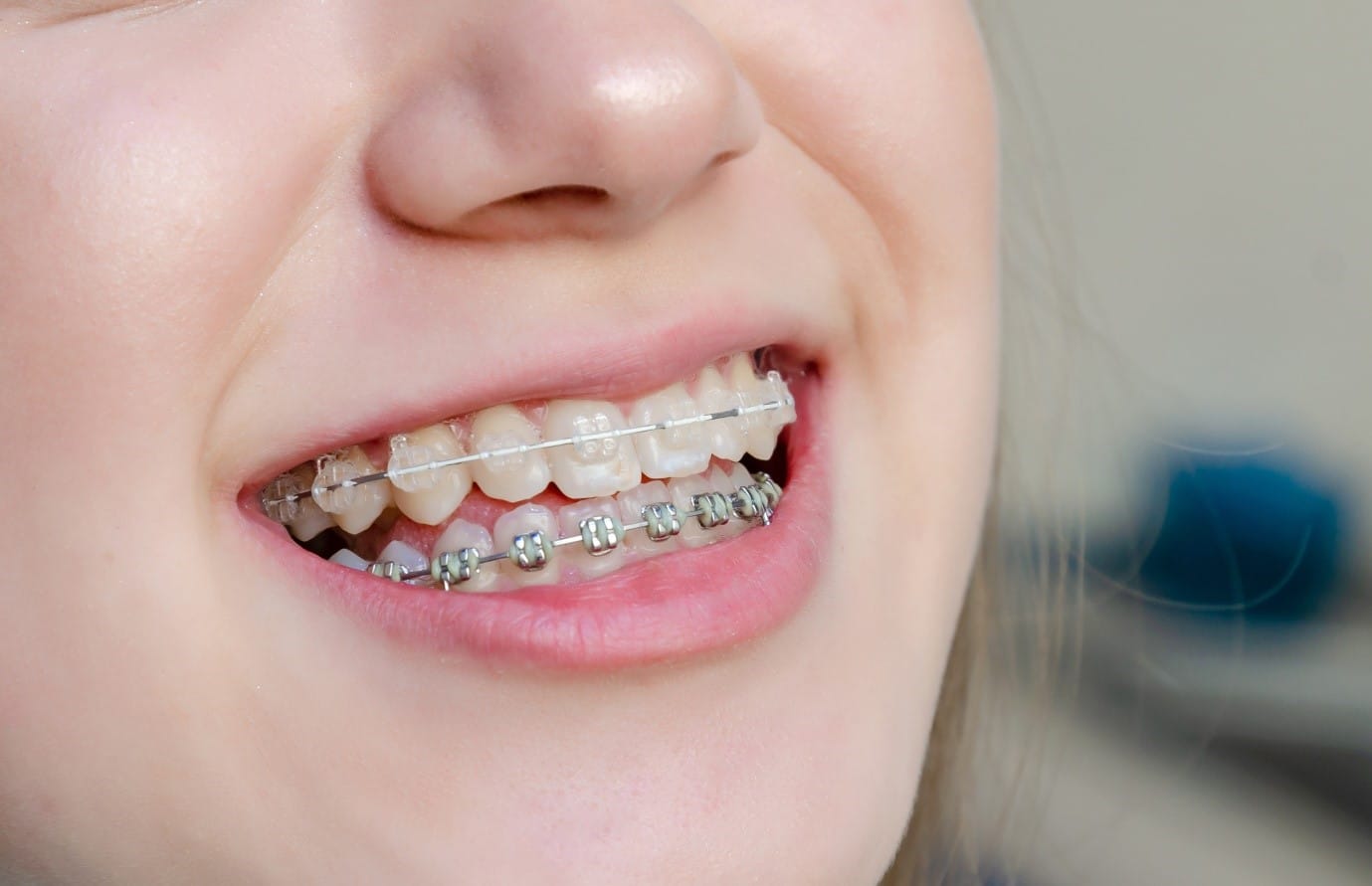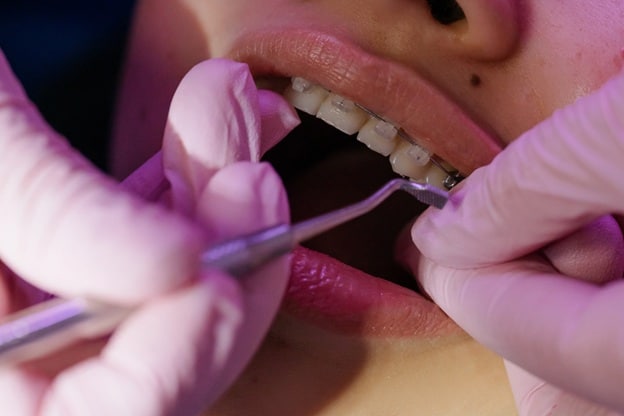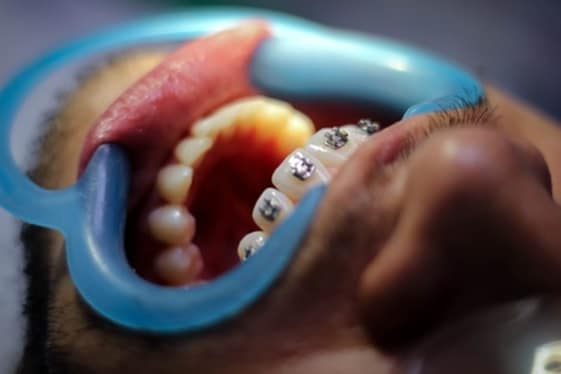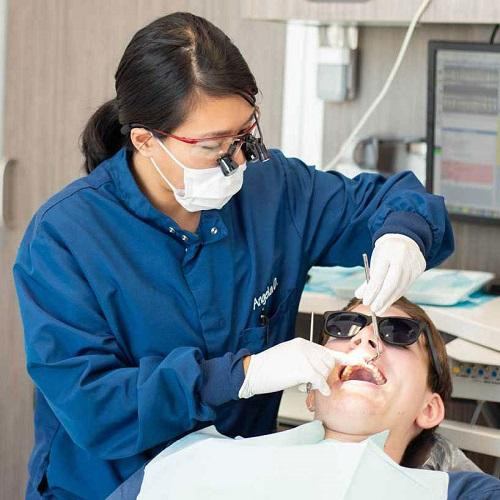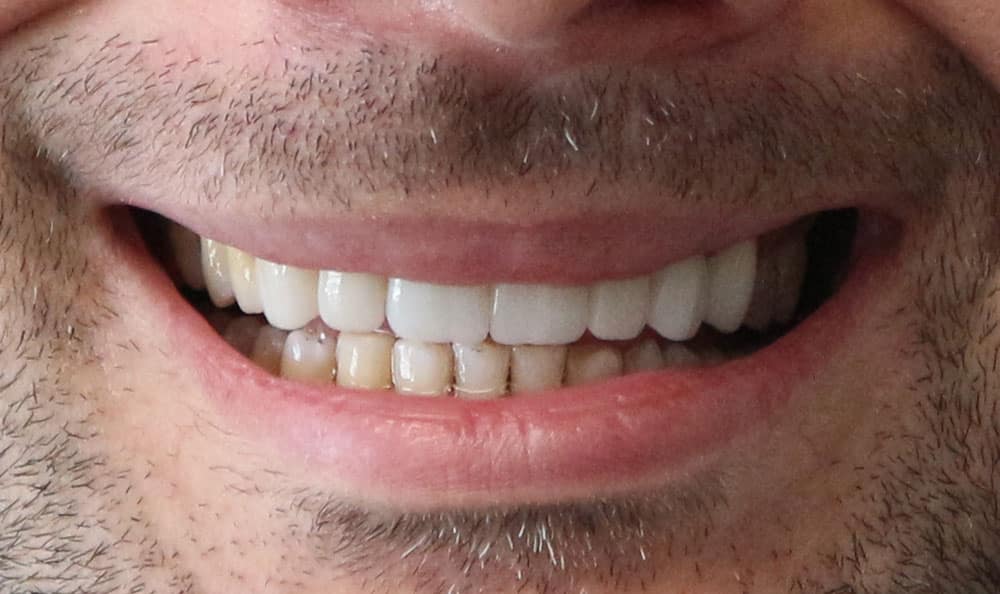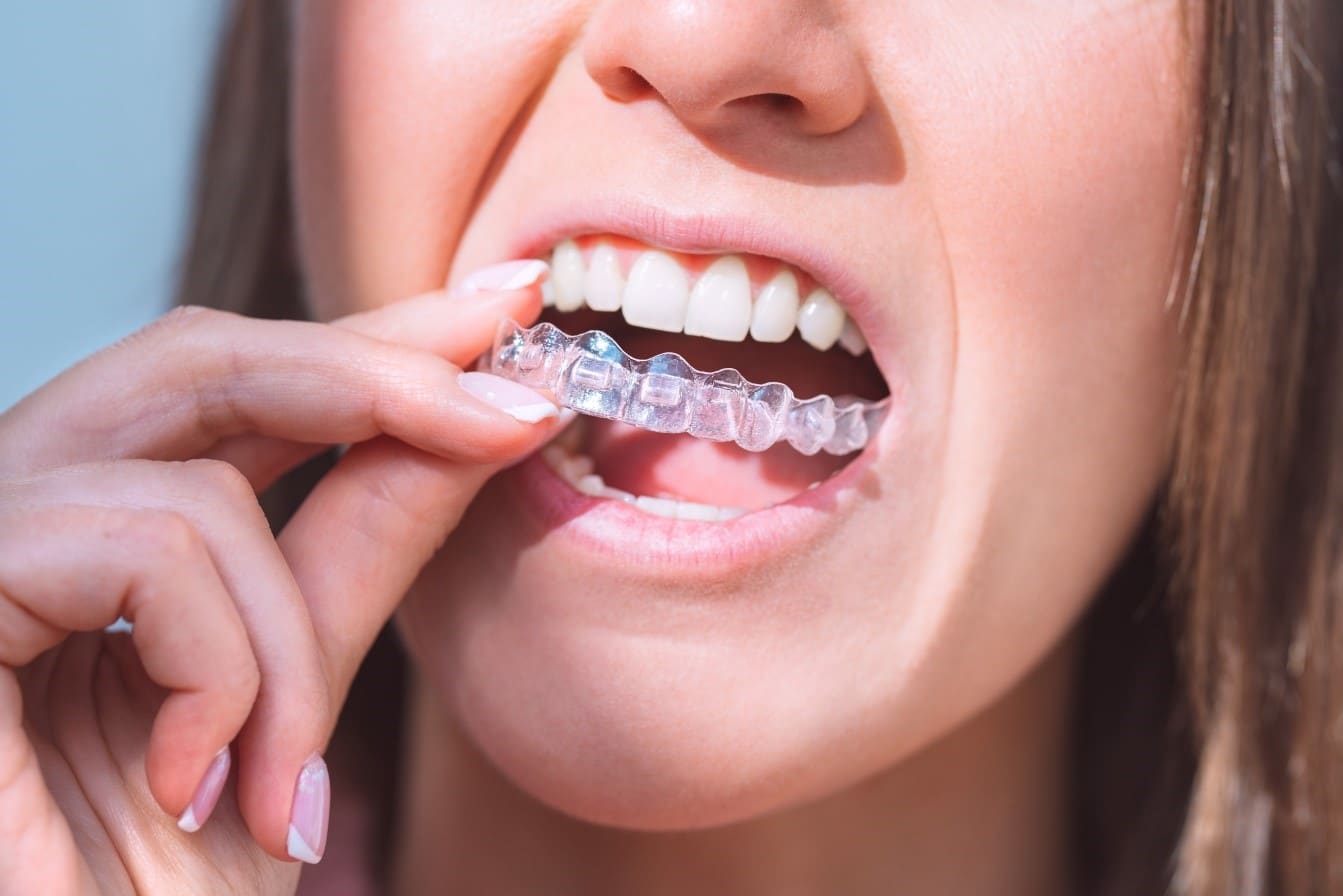If your dentist has suggested a root canal treatment, it must be the bad news of the day for you. But if you know better about the process, it may be easy to visit your dentist for root canal treatment.
A root canal treatment is a process to remove the infection from the tooth's pulp when bacteria enter deep inside the tooth pulp and destroy the soft tissue of the tooth, causing infection, pain, and inflammation. The root canal prevents the tooth's condition and helps preserve the natural tooth.
The dentist removes the infected pulp from the tooth during the root canal process. The tooth is cleaned carefully, filled with a material, and then sealed with Dental Crowns in Houston.
You may need root canal treatment when infection or inflammation grows in your teeth' soft tissue (pulp). Depending on the case, the treatment time may take anywhere from 90 minutes to 3 hours. Your dentist or an endodontist provides root canal therapy.

Endodontists have more technical training and understanding of root canal treatment. Look for a Root Canal Treatment Near Me in houston and discuss your tooth symptoms. Let's see the critical factors everyone should know about root canal treatment.
Pain subsiding:
If you have tooth pain that has subsided, it does not mean you do not need root canal treatment. Tooth pain should not be avoided. Many people delay or endure the pain instead of going to the dentist, which can worsen the situation.
When germs attack the pulp of the tooth, which contains the nerves and blood arteries, it usually results in pain. If you wait too long to visit the Dental Office in Houston, the pulp can die, which may relieve the pain and discomfort, but the next stage will be more dangerous, and the infection can go deep down in the root. Hence, visit your dentist to prevent your disease from spreading when you detect pain or discomfort.
Using antibiotics does not effectively treat tooth infections.
One of the first ideas that most people have when they first get a toothache brought on by an infection is to try to treat it with medications. Antibiotics, however, travel via the bloodstream to the affected area, and the antibiotics do not help to stop the pain.
The procedure does not cause pain.
Even though root canal procedures have a terrible reputation for being painful, several steps are taken to minimise any pain you may experience. Your dentist will give you local anaesthesia to numb the affected area thoroughly. Many patients report that having a root canal is not more painful than filling a cavity.
There is a recovery phase.
Although the procedure is painless, you may likely have discomfort and soreness as the area begins to recover. Dentists frequently advise regular painkillers, and occasionally they will suggest drugs to quicken the healing process. To help your body heal more quickly, take enough rest and eat only soft meals and avoid hard food for a week or until it heals completely.
Aftercare is important
After the treatment, proper care of the infected area is necessary. The treatment has saved your teeth but also weakened them. Therefore, taking extra care of that tooth is essential to ensure it does not eventually break or fall off. Ideally, your dentist will cover your teeth with a crown for extra safeguard. Ensure you follow your dentist's instructions to care for your tooth after treatment correctly.

It saves you from pulling your tooth.
The procedure saves your natural tooth from extraction. Sometimes, a tooth may need a tooth extraction if it has been severely damaged, so it is necessary to visit the dentist to keep the tooth and smile. Root Canal Houston is a highly effective and minimally invasive treatment.
In Conclusion:
Root canal therapy is necessary to save your natural tooth. Contact and visit your affordable cosmetic dentistry near me in Houston, TX to learn more about root canal treatment and the process. Call and book an appointment now!
Article source : https://www.worldofarticles.com/things-you-should-know-about-root-canal/


